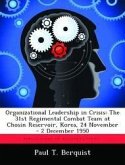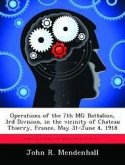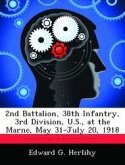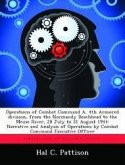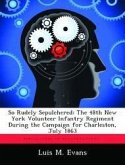This thesis analyzes the ability of the United States Army to incorporate the lessons of history in the evolution of doctrine. The analysis focuses on armor-infantry team doctrine and uses task force level operations during the Korean War to resolve the analysis issue. The study conducts an analysis of armor-infantry doctrine from its conception in Army manuals in 1941 through 1950. Capstone doctrinal material such as Field Manual 100-5, Operations, and battalion level manuals are examined. Other relevant doctrinal material is included to create a detailed picture of how the armor-infantry team was to conduct operations. Unit structures and training are also examined to determine the ability of committed units to implement doctrine. Published doctrine is then compared to actual armor-infantry operations during the Korean War. The study concludes that the Army effectively included the lessons of World War II in the development of armor-infantry doctrine. Regardless of the literature and the opinion of senior military leaders that doctrine was understood, the field army failed to understand and implement basic armor-infantry doctrine during the Korean War. The study also concludes that the successful implementation of doctrine requires adequate support systems, tailored organizations, and realistic training.
Hinweis: Dieser Artikel kann nur an eine deutsche Lieferadresse ausgeliefert werden.
Hinweis: Dieser Artikel kann nur an eine deutsche Lieferadresse ausgeliefert werden.


